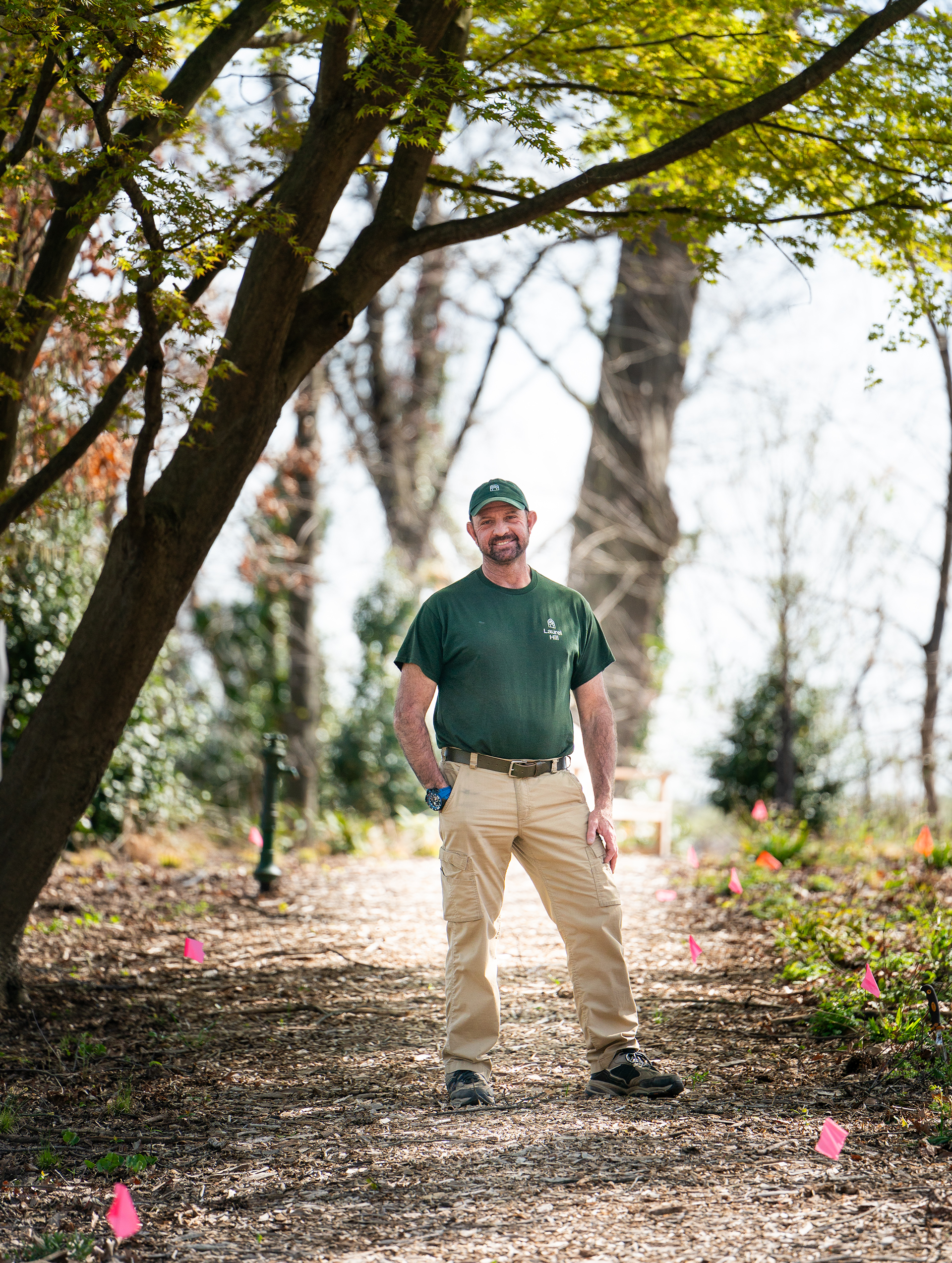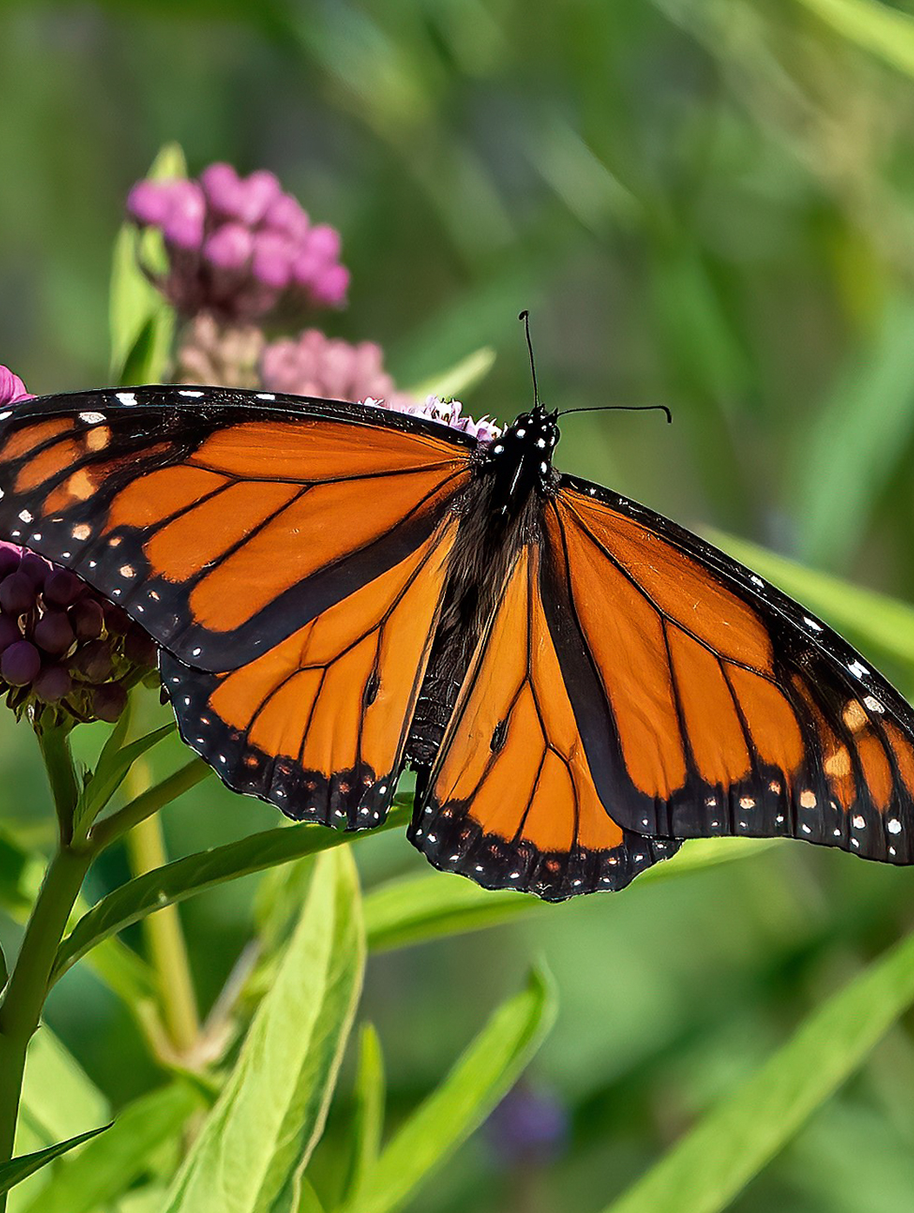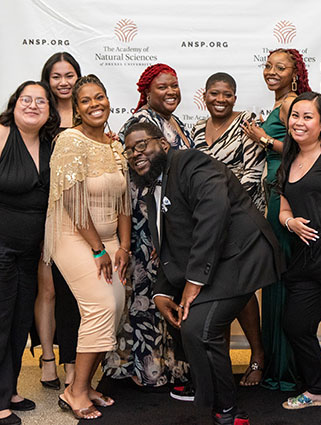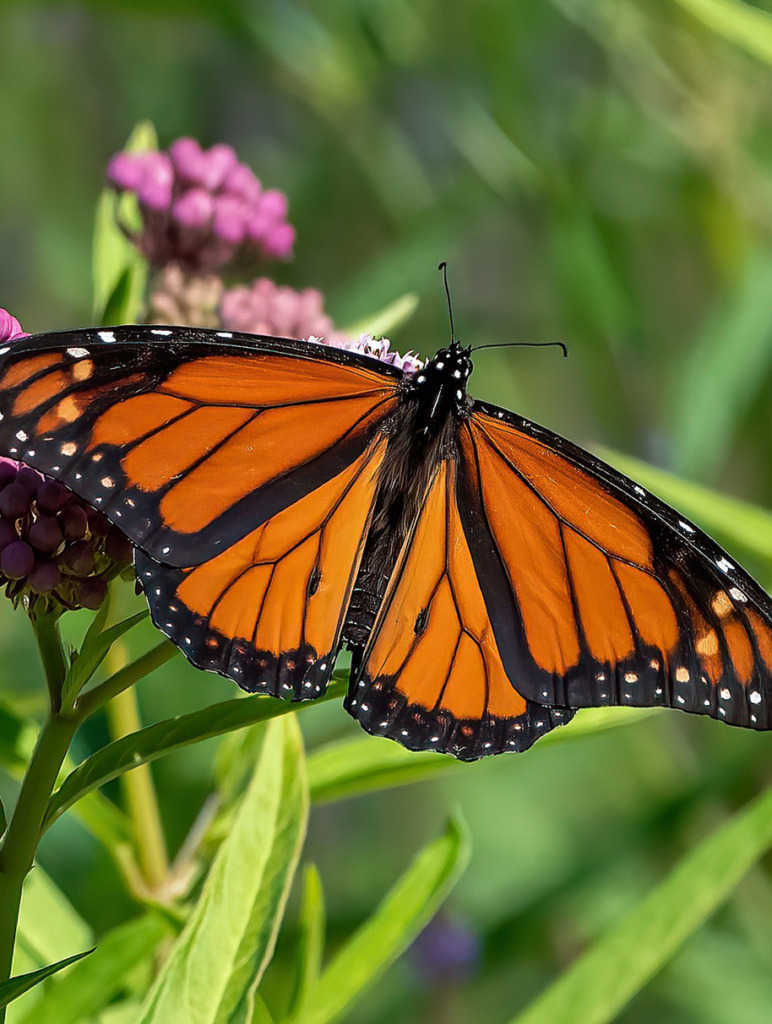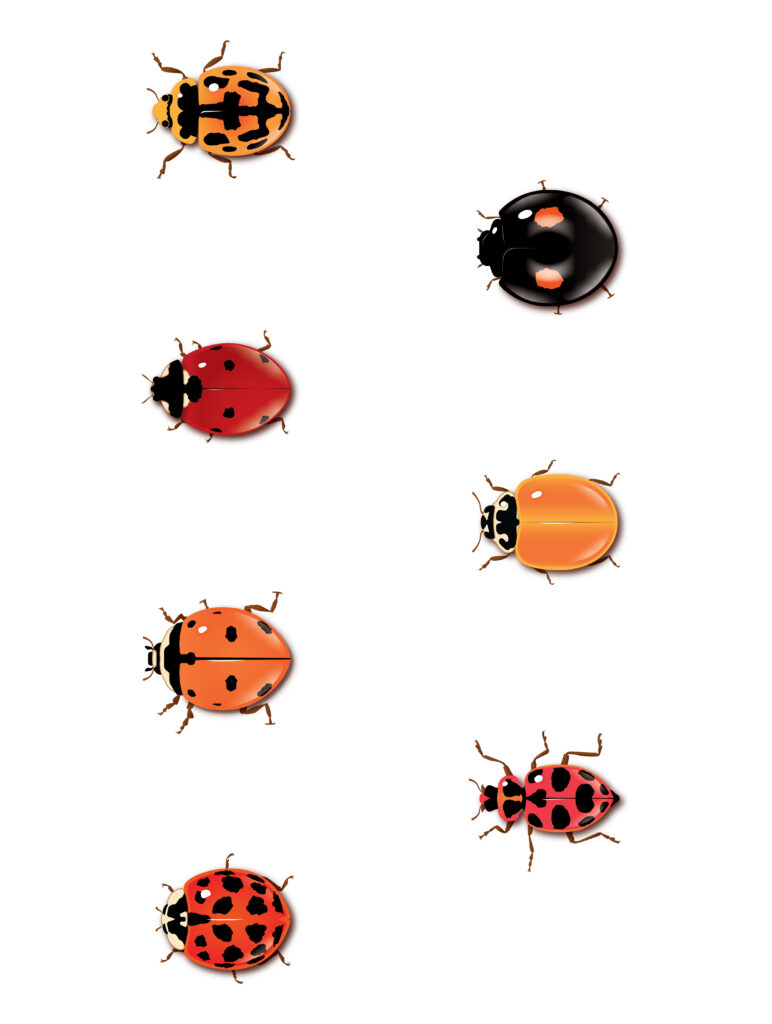Even the most dedicated naturalists have their boundaries when it comes to cohabitating with wildlife. And for many home gardeners, deer are enemy number one. It’s possible to acknowledge that we’ve largely taken over deer habitats and, simultaneously, feel a potent ire while watching your landscaping efforts blithely munched by these creatures.
According to Penn State Extension, there are approximately 1.5 million white-tailed deer living in Pennsylvania, including in urban and suburban areas. And deer are intensely voracious: between spring and fall, they consume between 6 and 8% of their body weight each day, mostly foliage, twigs, shrubs and wildflowers. In areas where deer have over-eaten the forests or woodlands are scarce, farms and residential gardens are a ready source of food.
What are the safest and most effective ways to politely say “buffet’s closed” to the local deer population in your area? One natural, sustainable and easy method is planting your garden with deer-resistant native plants.
Choosing the plants that the deer really don’t like to eat gives you an advantage as a gardener.”
— Gregory Tepper, author and horticulturist at Laurel Hill Cemetery
We consulted Gregory Tepper, senior horticulturist at Laurel Hill Cemetery and avid gardener, for advice on this topic. After all, he’s written the book on this subject, “Deer-Resistant Native Plants for the Northeast,” and often teaches related courses and workshops at places like Mt. Cuba Center and the University of Delaware.
“‘Deer-resistant’ is defined as plants that the deer resist eating either because of taste, smell, toxicity or a physical characteristic such as a tough texture,” Tepper explains. “Learning about and choosing the plants that the deer really don’t like to eat gives you an advantage as a gardener.”

Some deer-resistant native plants that Tepper suggests include:
- Anise hyssop (Agastache foeniculum): a perennial plant in the mint family with a licoricey smell.
- Christmas fern (Polystichum acrostichoides): an evergreen fern with glossy fronds.
- Eastern bluestar (Amsonia tabernaemontana): a perennial featuring clusters of pretty, star-shaped flowers. “In all the years I’ve grown it, I’ve never seen deer ever bother it in season — they just avoid it,” Tepper says.
- Spreading sedge (Carex laxiculmis): the mounds of this dense, grass-like plant naturally spread, making it great for ground cover.
- Summersweet (Clethra alnifolia): in the summer, this shrub blooms with stalks of white flowers with a rich perfume. “It smells so heavenly. We like the smell but the deer don’t,” Tepper notes.
- Switchgrass (Panicum virgatum): a perennial bunchgrass sprouting reddish-purple seed heads in late summer.
- Yarrow (Achillea millefolium): this perennial flowering plant thrives in hot, dry conditions, features different color blooms and is known for attracting butterflies.
If you really want to plant flowers that deer love, like roses, phlox and hosta, you can mix them in among deer-resistant plants — or, as Tepper advises, spray them with an organically-based repellent that’s safe for the plants, humans and pollinators. Brands that he trusts include Plantskydd, Deer Stopper and Deer Scram. Another repellent, Bonide Repels-All, can also dissuade groundhogs, chipmunks, rabbits and squirrels from hanging out in your garden.
Tepper notes that some are critical of using any of these methods to keep deer away. But he argues that the animals can be extremely destructive in both home gardens and at institutions with large gardens, such as Laurel Hill.
“We’re in a modern situation where the deers’ numbers way exceed what the landscape and woodlands can support,” he says. “It’s not like we can have hunters come here and hunt, so using repelIents is the safest way for us and the animals.”


